If you asked me a couple of years ago if I saw myself working in video games, I would have asked what planet you live on. I’ve never been a gamer. Sure, one Christmas growing up we got a Nintendo 64, and my sisters and I would have regular Mario Party competitions. And the occasional Cruis’n World race. Once in a blue moon I would even play Golden Eye 007, but it gave me too much anxiety with all of the people popping out of corners trying to shoot you down (I always died…always). My Dad gave us a time limit though, which was usually one hour of play a day. Can you imagine telling someone playing Call of Duty that they only have an hour to play? They’d laugh at you!
Needless to say, I thank my Dad for making sure we didn’t spend our youth glued to the TV. Even now, I get hit with a wave of guilt sitting down to watch a movie, thinking there are so many more productive ways to spend my time. But as an actor, it’s so important to watch film and TV to see what’s out there. And even more important to continually grow and expand your set of skills. So as soon as my agent sent me the information for a workshop called MoCap U: Acting for Video Games, I knew I had to take it.
MoCap U is an intensive 3-day workshop that dives into the world of acting in video games. It was started by Ivan Sherry after he booked his first video game gig, walked on set, and discovered that video games are an entirely different beast than film and television. He had no idea what he was doing, and was thrown in headfirst without a life vest. That’s why he created MoCap U – he wanted to ensure that actors had the necessary tools under their belt BEFORE walking on to set, so they didn’t have to experience what he did on his first job (which luckily wasn’t his last – click here to see his incredible list of video game credits).
I showed up on the first day not really knowing what to expect, but definitely knowing I was going to be challenged. A few days before the workshop we were sent scenes that we had to learn (4 each), all from different games, and in different situations. The first day was spent rehearsing the scenes with our partners and video game actor/director Carlo Mestroni and Animator Director Colin Graham. Some scenes had two people in them, others had up to four. We worked on the intention of the scene, the speed/intensity, and most importantly the blocking. I had absolutely no idea how technical the world of motion capture was. The scene I struggled the most with required us to walk in a straight line. But you don’t have enough space in the room to do the scene in one take. So you say two lines while walking, stop, rotate 180 degrees, making sure you’re in the exact some position/orientation you stopped in, then start walking back in the other direction, but making sure you give yourself two steps before you start your dialogue, oh and also making sure you’re interacting with the make believe jungle around you, and definitely not talking over your scene partner and their lines. Did you forget that you’re playing a 50 year old male? Right, you probably did. Day one was only 5 hours, but I left with a brain of MUSH. We were given so much information that it was working over time to try and digest it all.
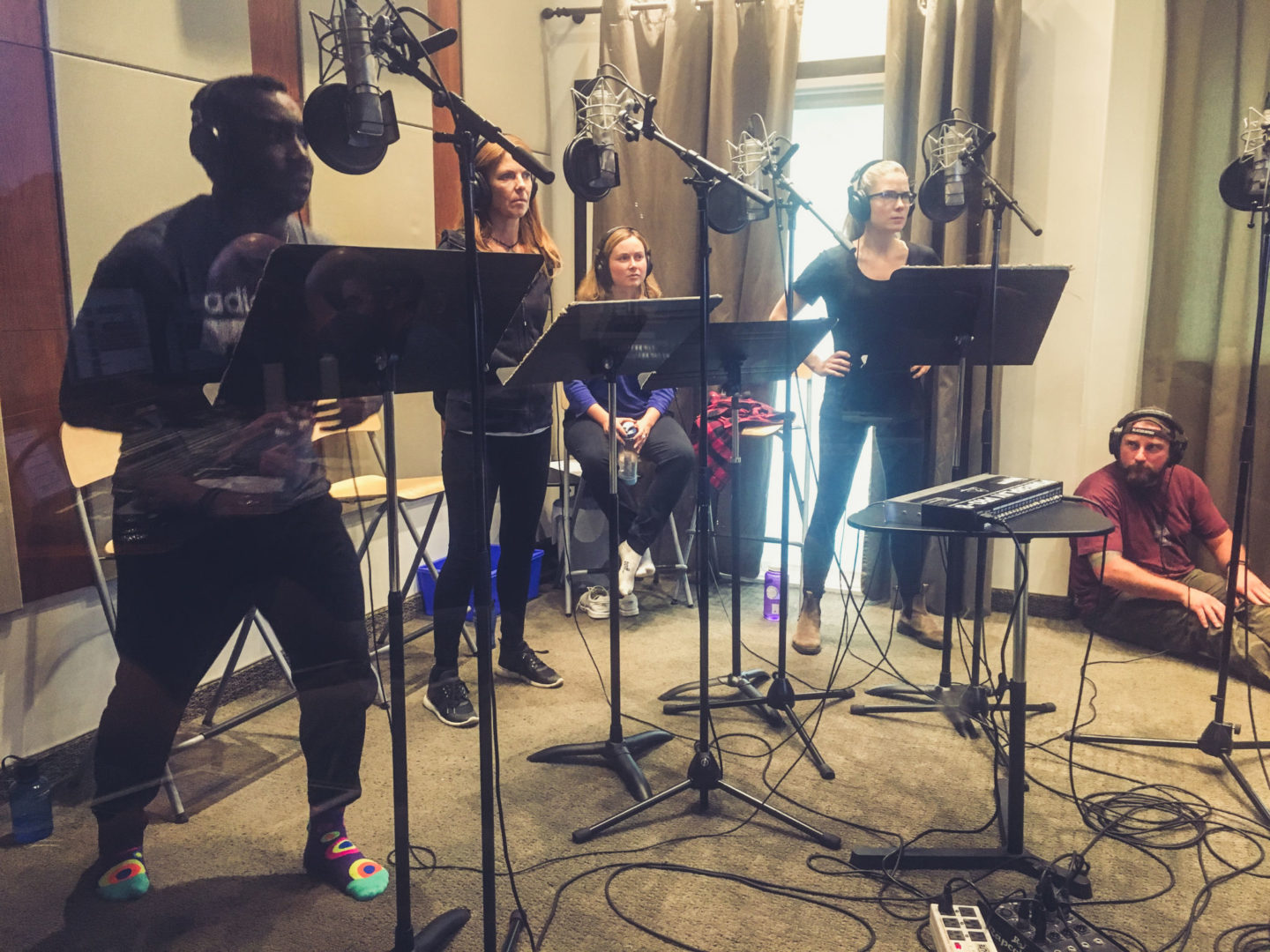
Day two was a completely different challenge. We met at Super Sonics at 9am to begin our 9 hour day of recording our dialogue. The biggest thing I took away from working in video games is that there are so many possibilities of how to get them done. Sometimes you’ll have one actor doing the MoCap (motion capture) and a completely different actor doing the voice. Which means in the recording studio you have to go in, watch the MoCap actor on the screen, and give a voice to their movements. Other times you’ll be hooked up to in intense head cam (here is one version) while you’re filming your MoCap, so you will be able to do your dialogue and MoCap at the same time, only having to come into the recording studio to do ADR (additional dialogue recording) to clean up some of the lines. And sometimes they’ve shot and recorded everything, and 6 months into the project they decide to change the voice of a character – so you’re in the recording booth trying to match the exact timing of what the previous actor did, by following cues on a video. Crazy! We did a little bit of everything. We were handed scenes in the booth that we got to read over ONCE and then had to perform (which is a fairly normal occurrence in the video game world I’ve learned). And these aren’t fluff scenes – there’s deep, heavy, emotional stuff in there. We also did Barks and Onos, which are all of the orders in combat, as well as dying, shooting, fighting sounds that you hear in video games. When someone says to you “now make a noise like you’re getting slashed across the chest by a samurai sword”, you say “how big?” and just go for it (so I’ve learned). The techniques around protecting your voice during a two hour session of screaming at the top of your lungs are something that I definitely need to work on. I had A LOT of honey lemon tea that night.
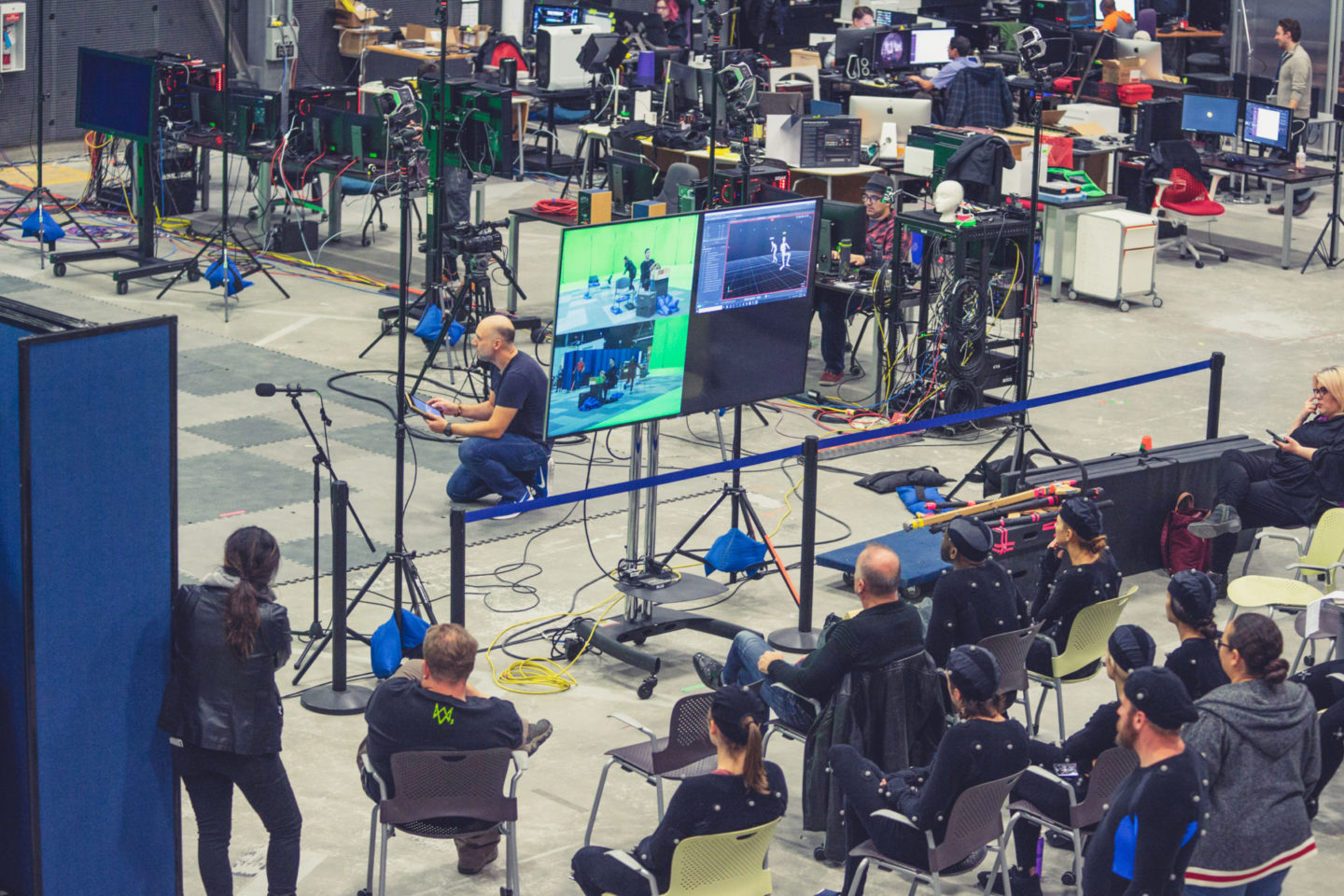
Day three was the one I was looking forward to the most – MoCap day! We all met at 9am at SIRT to get geared up in our MoCap suits. I thought they were going to be really tight and uncomfortable, but it was basically like wearing soft, two-piece formfitting pj’s all day. SWEET! Velcro’d to those pjs are markers with reflective tape that is used to capture our data in the volume (the name of the area we film in). Surrounding us in the volume are 360 degrees of cameras, to capture our every movement. Even cooler! Now if I’m being honest, I thought this day would be easy for me, being a dancer and all. I mean, I understand my body and how to move – how hard could it be? The answer is VERY HARD. As I said above, acting in video games is crazy technical. Finding just the right amount of intentional movement to bring your character to life is so important. And believe me, it’s easy to go over the top because you feel like you need to take up space. Acting in video games isn’t as big as theatre, but it’s not as still as film/tv – finding that balance proved challenging as well. On top of that there are rules like before and after every scene you have to do a “T-pose” (exactly as it sounds – standing straight with your arms out in a T) so that the animators can re-calibrate you in the system. In film and TV, “cut” means the end of the scene. In video games “cut” basically means “T-pose”. Imagine if every time I said “stop” you were supposed to start running…how long do you think it would take for your brain to register that change? Let me tell you, after 9 hours on set, I STILL kept forgetting to T-pose when “cut” was yelled!
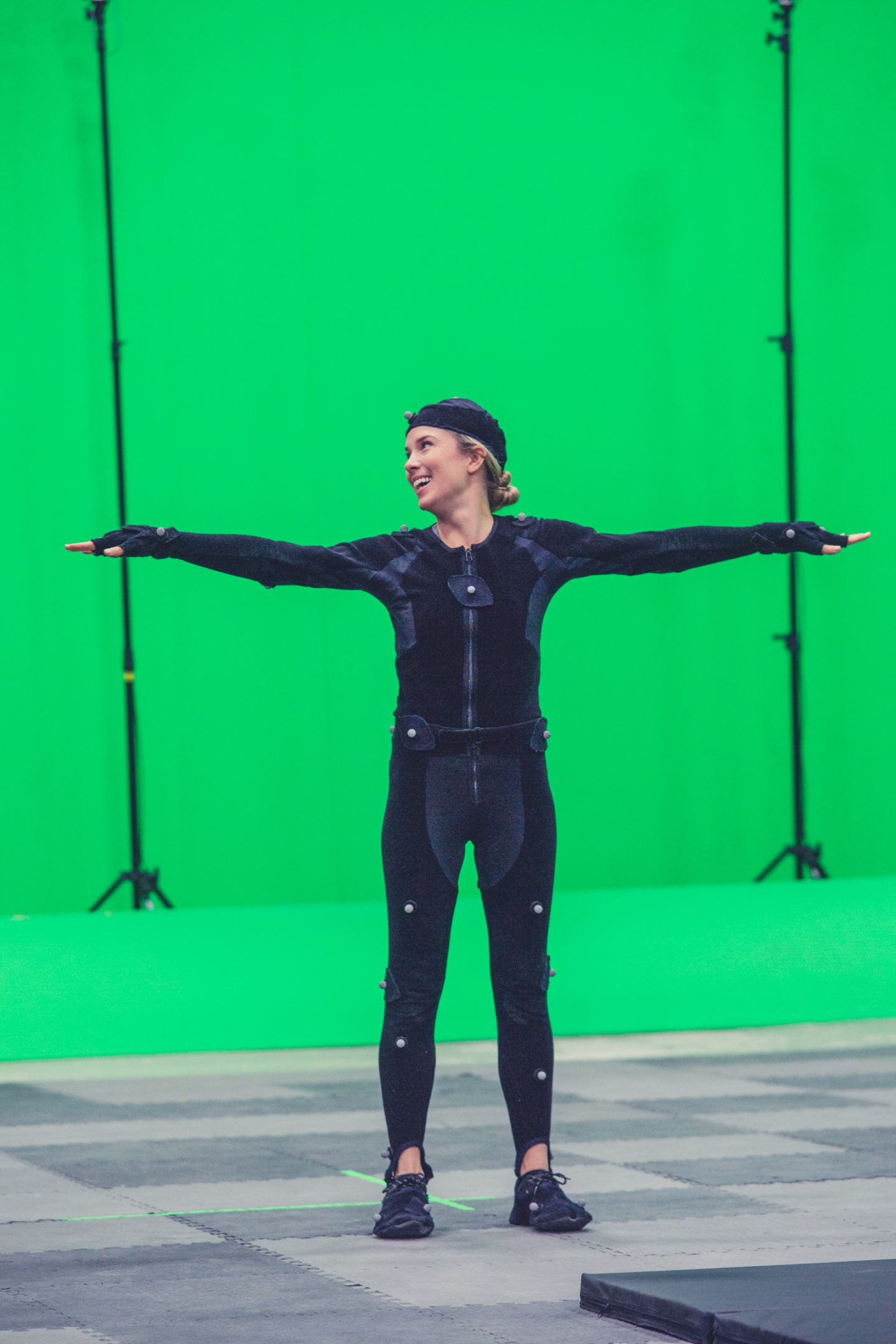
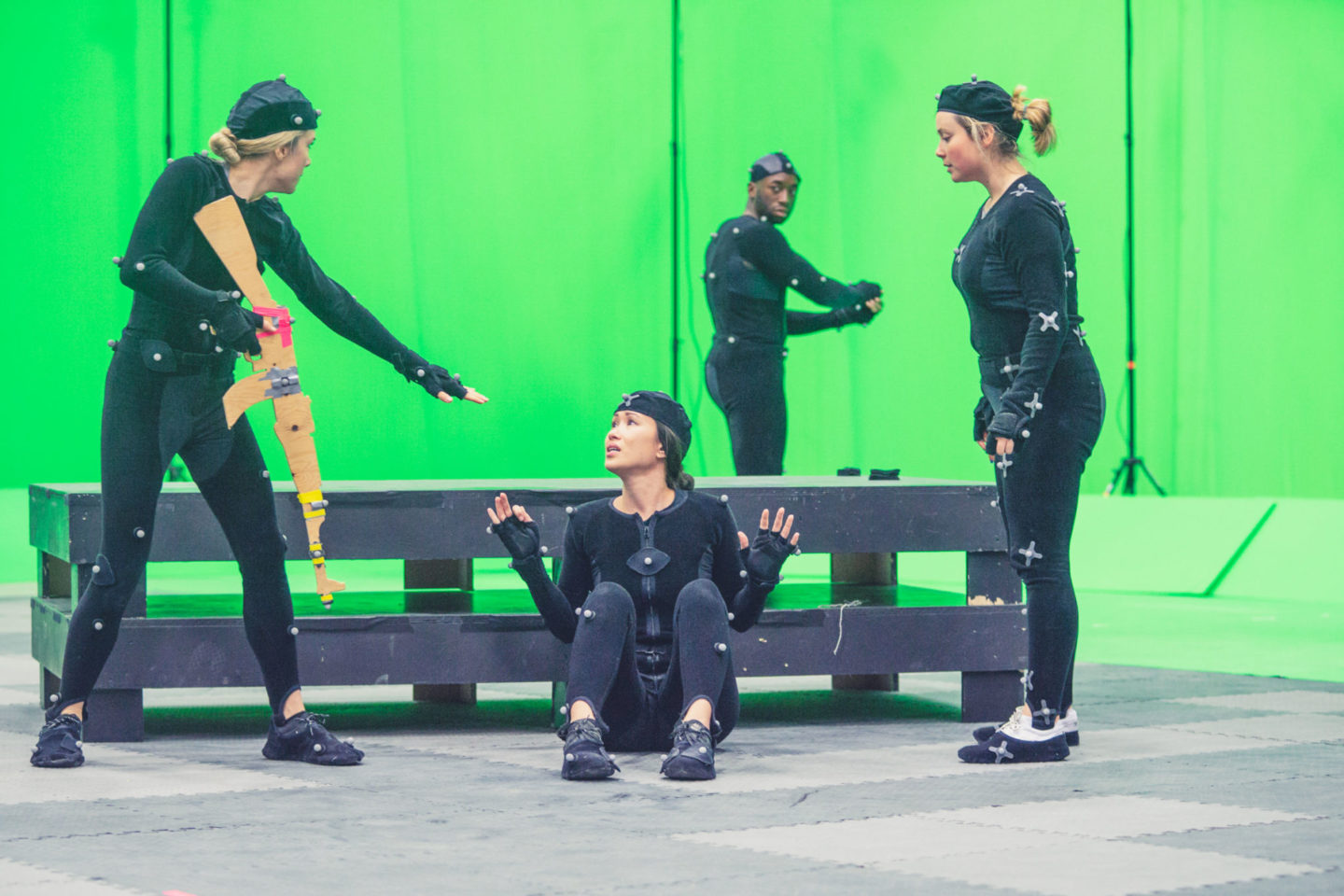
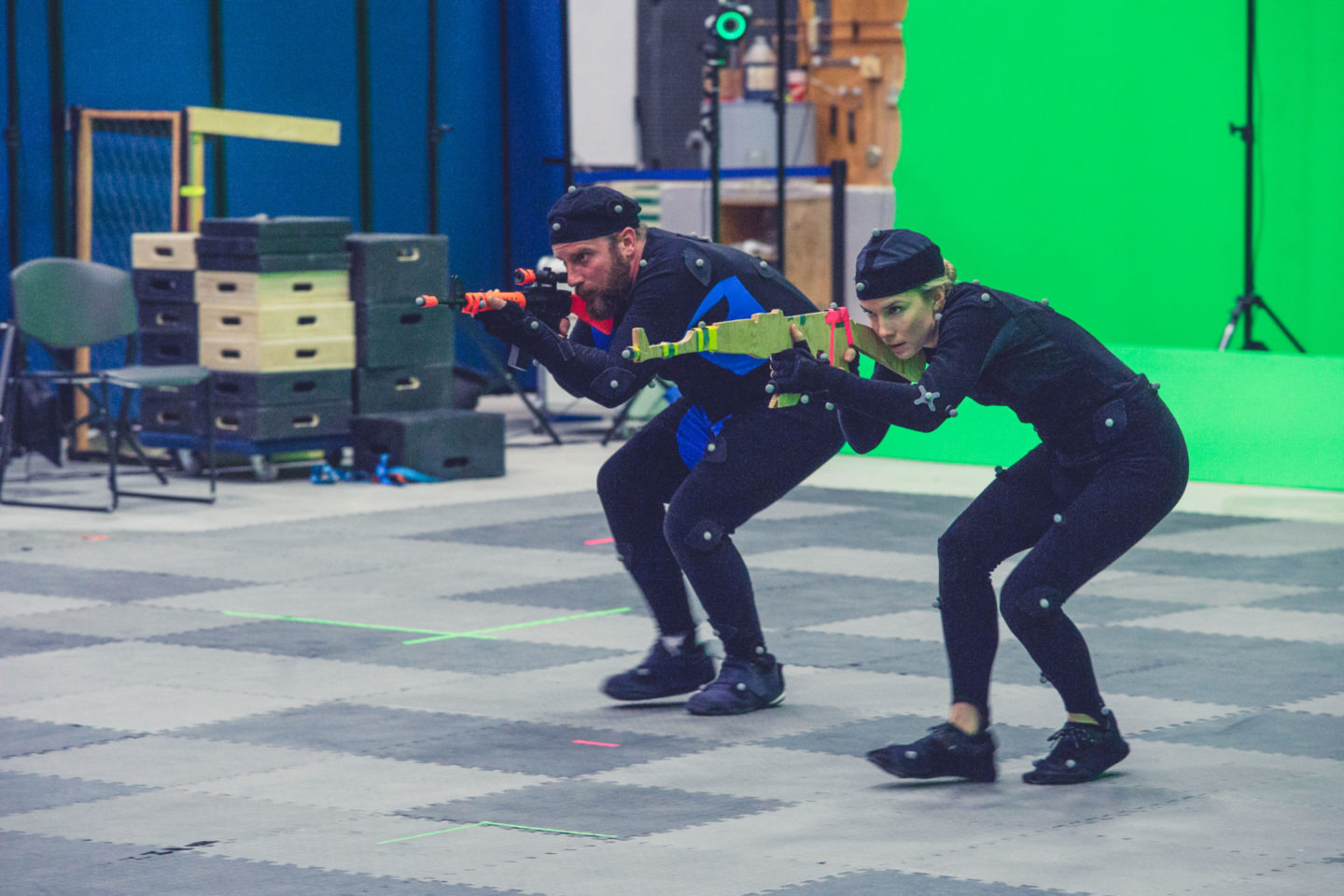
The really cool thing about this day was that we got to watch all of the other actors and learn from them, not only in real life, but also on screen. There were three monitors set up – two were capturing the scenes real time from two different angles, and one was the 3D rendering of each actor. We got to see what types of movements really registered in 3D vs. what was too small or too big. After this long and exhausting (but fun!) day, we headed over to a local pub to have a social Q+A, and celebrate the major progress we all made over the weekend.
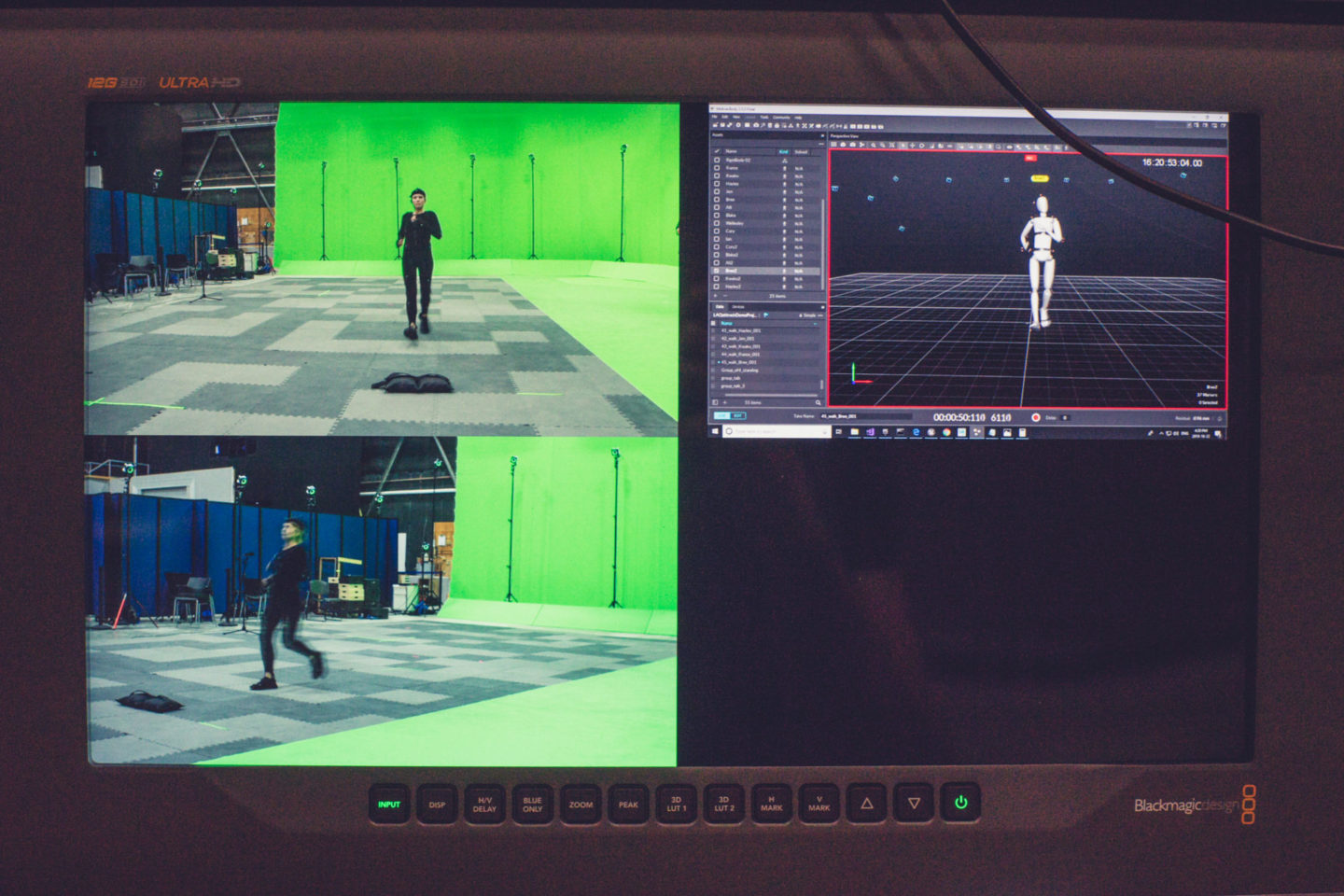
To any actors out there who have an interest in working in video games, I would 100% recommend this workshop. I now know how to approach video game auditions, and feel confident that if (and when) I book a role, I will arrive on set with the technical knowledge to do my job well. On top of that, Ivan brought in loads of special guests all weekend, including casting directors directly from Ubisoft (which is one of the largest video game development studios in the world). So not only do they now know each of us by name as well as what our strengths are, they were also able to give real time feedback on what they’re looking for during the hiring process, and some tips and tricks.
To those of you who aren’t actors, I hope this post sheds light on some of the behind the scenes of creating your favourite video games (or your brother’s favourite, niece’s favourite, etc.). The video game industry in Canada is very quickly creeping up to the film and television industry in terms of revenue. It will only increase from here, and we’re going to continue to see even more sophisticated games in the future. And thanks to MoCap U, hopefully one day you’ll be able to spot my walk on screen while playing one of those games 😉

